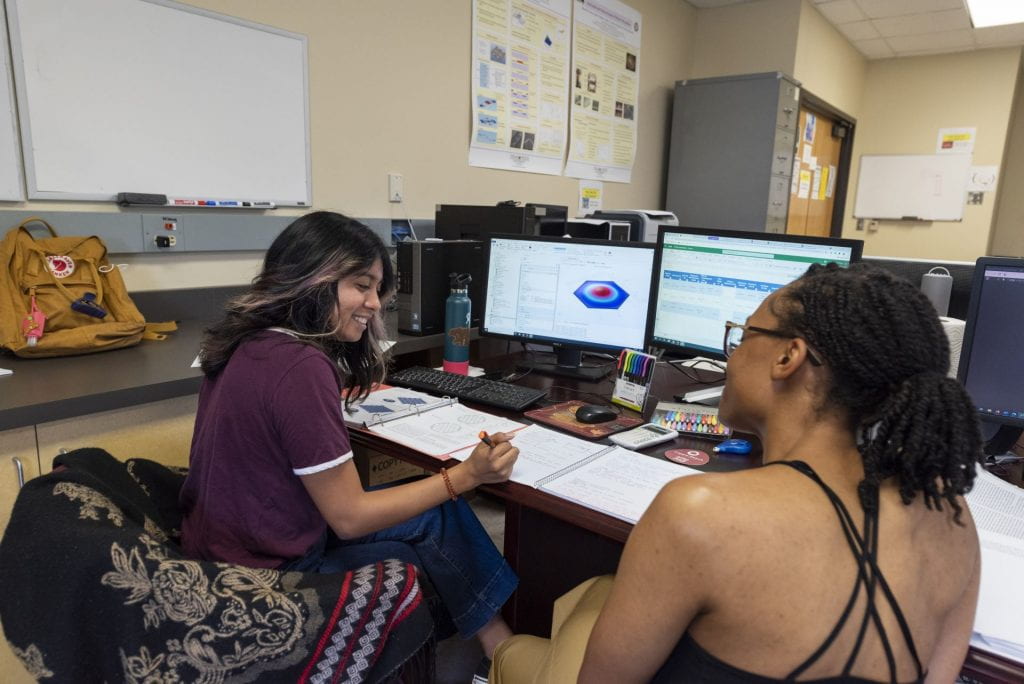
Non-invasive stimulation using focused ultrasound has especially been a promising field in therapeutic application. A non-invasive treatment has advantages over alternative surgical procedures or insertion of needles which carry the risk of infection and pain. The focused acoustic energy can be delivered to specific areas of biological tissues as small as a few millimeters in diameter. The acoustic energy is deposited to the tissues at the focus as thermal or mechanical energy, which can be used for treatment of cranial nerve disease [1], acupoint stimulation [2], Acoustic Targeted Drug Delivery [3], or Ultrasonic Transcutaneous Energy Transfer [4, 5]. However, a limitation of current bulk transducers is the fixed focal length and positioning, which requires the transducers to move position and apply an impedance-matching layer between transducer and medium. The challenging issues can be effectively solved by micromachined ultrasonic transducers.
An advantage of using microelectromechanical systems (MEMS) is that large transducer arrays can be implemented in a small area. This enables the delivery of high acoustic power to the target area. Moreover, MEMS can offer an advantage of integration with supporting electronic circuits. In this project, we propose to study a novel annular array of MEMS ultrasonic transducers to control focal depth and acoustic power. The proposed device consists of a two-dimensional annular ring array of capacitive micromachined ultrasonic transducers and a driving circuit for phase shift. In addition, the driving circuit for time delay or phase shift can be designed to be in-phase at the focal point, constructive interference occurs at focal point. The phase shifter of two categories shows almost same frequency characteristics over a narrow bandwidth. The capacitive micromachined ultrasound transducers (CMUTs) will be designed and fabricated for therapeutic applications using MEMS technologies. This proposal involves development and application of technology that incorporates hybrid integration of mechanical motion with electronics on a chip. A novel fabrication technique is proposed to form ultrasound generators.
Dr. Song will lead this project.
[1] H. Kim, S. Taghados, K. Fischer, L.-S. Maeng, S. Park, and S.-S. Yoo, “Noninvasive Transcranial Stimulation of Rat Abducens Nerve by Focused Ultrasound,” Ultrasound in medicine & biology, vol. 38, pp. 1568-75, 07/03 2012.
[2] N. Tsuruoka, M. Watanabe, T. Seki, T. Matsunaga, and Y. Hagaa, “Acupoint Stimulation Device Using Focused Ultrasound,” Conference proceedings : … Annual International Conference of the IEEE Engineering in Medicine and Biology Society. IEEE Engineering in Medicine and Biology Society. Conference, vol. 2010, pp. 1258-61, 08/01 2010.
[3] G. Lewis, Z. Schulz, S. Pannullo, T. Southard, and W. Olbricht, “Ultrasound-assisted convection-enhanced delivery to the brain in vivo with a novel transducer cannula assembly Laboratory investigation,” Journal of Neurosurgery, vol. 117, pp. 1128-1140, 12/01 2012.
[4] S. Ozeri, D. Shmilovitz, S. Singer, and C.-C. Wang, “Ultrasonic transcutaneous energy transfer using a continuous wave 650 kHz Gaussian shaded transmitter,” Ultrasonics, vol. 50, pp. 666-74, 02/01 2010.
[5] A. Denisov and E. Yeatman, Ultrasonic vs. Inductive Power Delivery for Miniature Biomedical Implants, 2010.